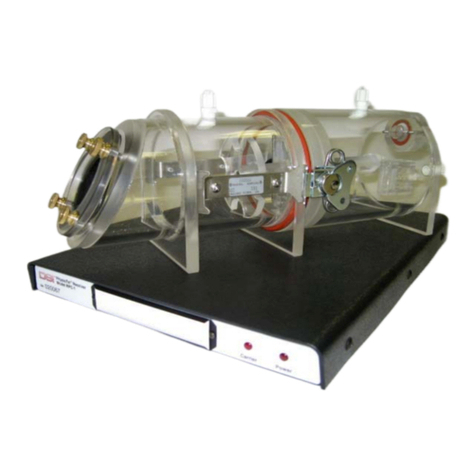iii
Contents
Notices 1
FCC Notice................................................................................................................................1
Industry Canada Notice .............................................................................................................1
EU Notice –Declaration of Conformity....................................................................................1
Battery Information ...................................................................................................................2
Disclaimer..................................................................................................................................2
Product Warranty.......................................................................................................................2
Product Repairs..........................................................................................................................2
Verification................................................................................................................................2
About This User Guide 3
Related Documentation..............................................................................................................3
Theory of Operation 4
Specifications 6
JET Device Models....................................................................................................................6
JET Bluetooth® Receiver..........................................................................................................6
General Specifications...............................................................................................................6
JET Device –Technical Specifications.........................................................................6
Mechanical Specifications for JET Device..................................................................7
JET Device Battery Specifications..............................................................................7
General Specifications for JET Receiver.....................................................................7
Mechanical Specifications for JET Bluetooth® Receiver...........................................8
Lead Sets....................................................................................................................................9
Monitoring ECG with JET and a 3 Channel ECG Lead Set....................................................10
Monitoring ECG or other Bio-potentials with JET and a Differential Lead Set......................11
To Instrument a Dog for Measurement 11
Supplies Needed ......................................................................................................................11
Jacket Pocket Size Recommendations.....................................................................................12
To Attach the Electrodes..........................................................................................................13
To Install the JET Device and Connect the ECG Leads ..........................................................14
Use of JET Blood Pressure Add-On........................................................................................14
To Place Respiratory Inductive Plethysmography (RIP) Bands ..............................................15
Attaching Leads to Band Sensors ............................................................................................15
Cleaning the Sensors................................................................................................................16
Technical Specification............................................................................................................17
To De-instrument a Dog 17
Maintenance 17




























